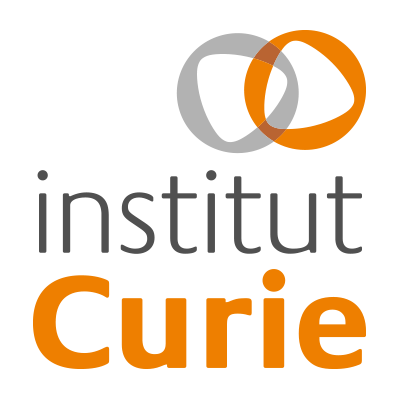
Knowledge base
Molecular diagnostics and targeted treatment of melanoma
The incidence of squamous cell skin cancer (melanoma malignum) is increasing year by year, and its late detection is a challenge for doctors.
Personalised therapy has also revolutionised the treatment of melanoma. While the classical oncological approach was based on the histological type and extent of the tumour, personalised treatment requires a better understanding of the molecular information of skin tumours.
Melanoma is an immunogenic tumour, which means that its appearance mobilises the body’s immune system to a great extent, yet in many cases we are still defeated in the fight against the tumour. The first results of pharmacological modification of the anti-tumour immune response in melanoma were achieved during the work of Nobel laureate James P. Allison. Today, ICI therapy is of paramount importance in the treatment of melanoma malignum.
BRAF mutations are identified in many melanoma cases. If a mutation in the BRAF gene located on chromosome 7 (V600E) is detected, there is a good chance that BRAF mutation inhibitors will be effective and are highly effective when combined with a MEK inhibitor.
A mutation in KIT is present in some melanomas, which raises the applicability of both a multi-target tyrosine kinase inhibitor and a BCR-ABL inhibitor receptor.


















